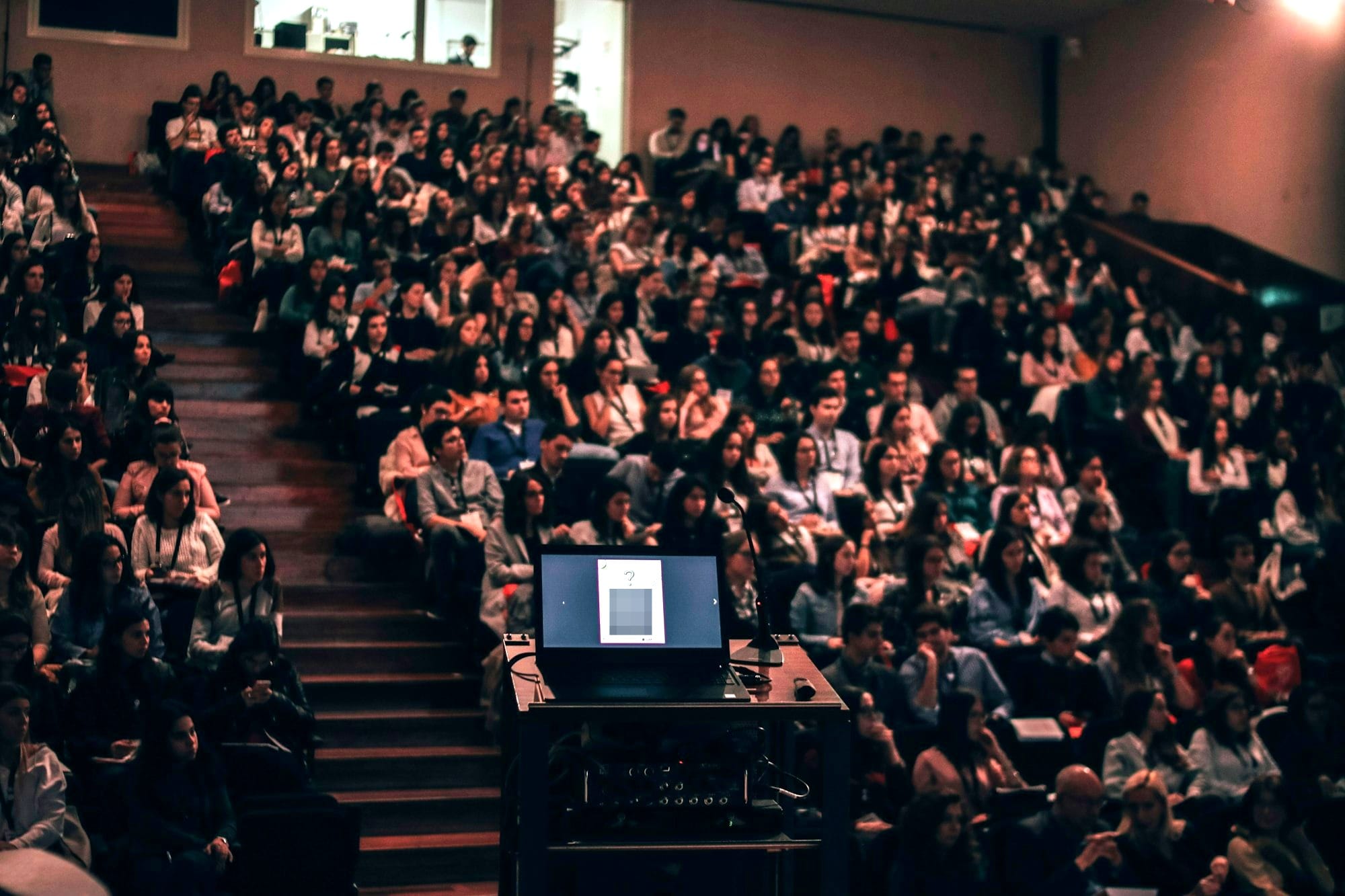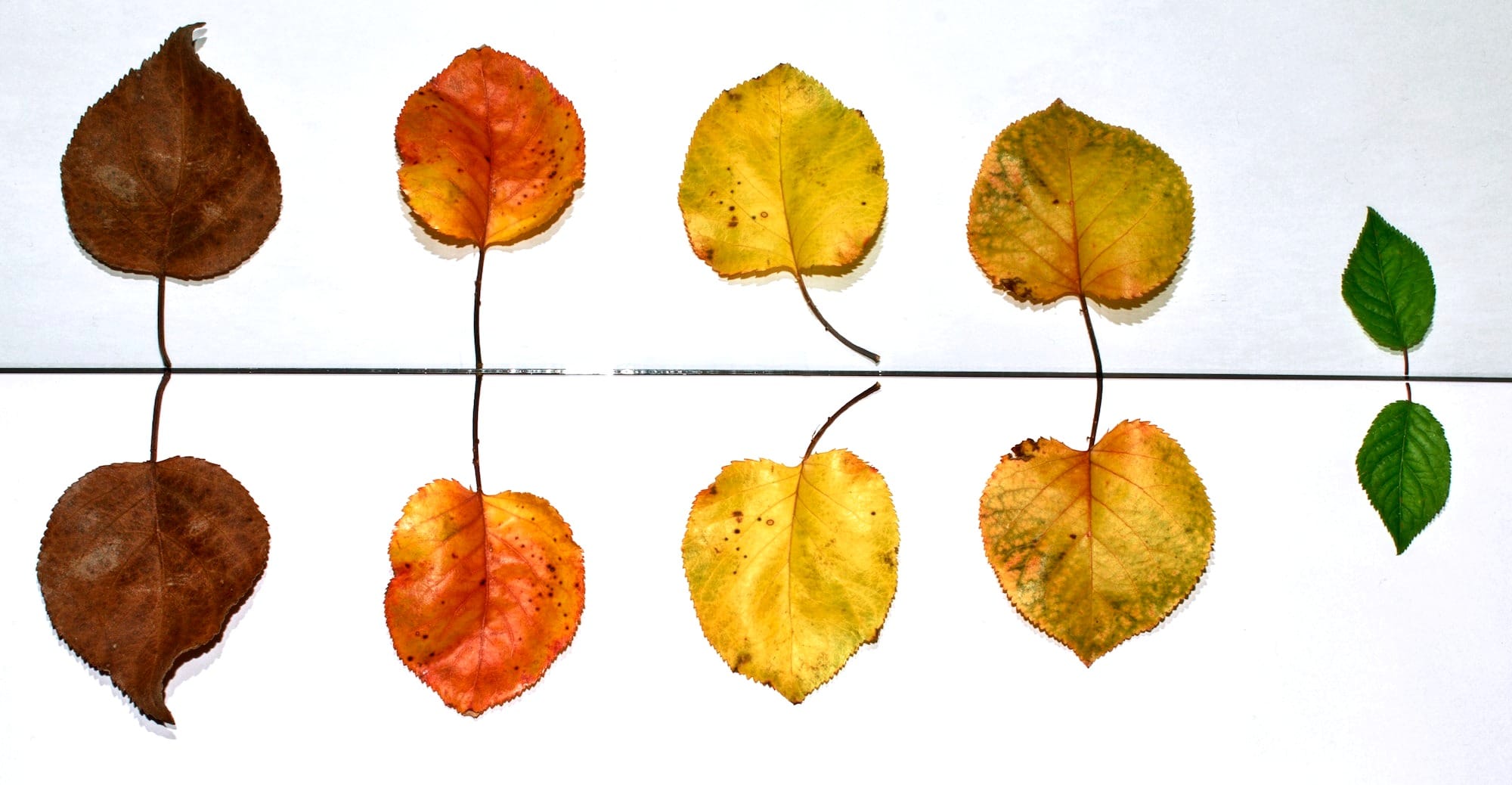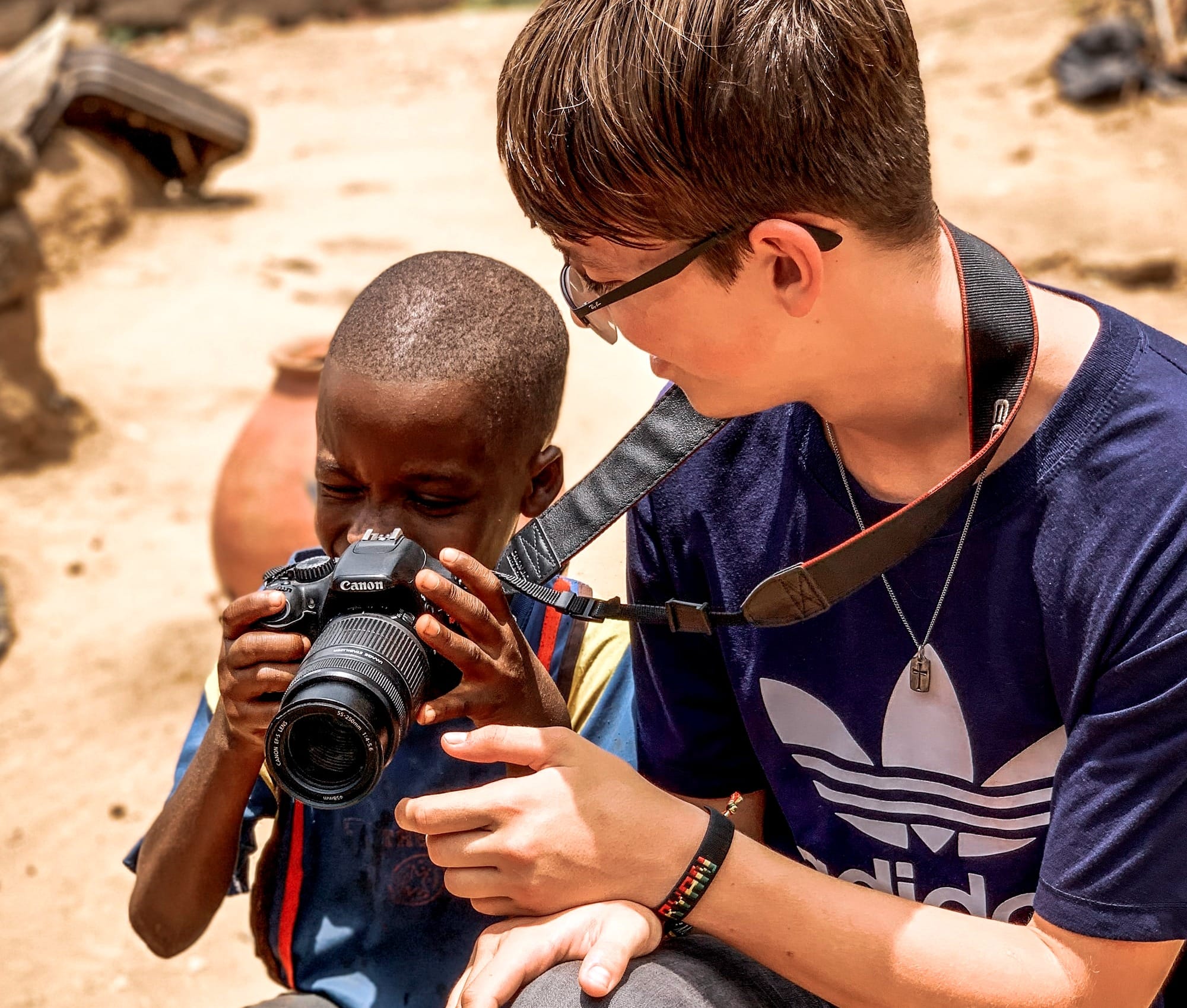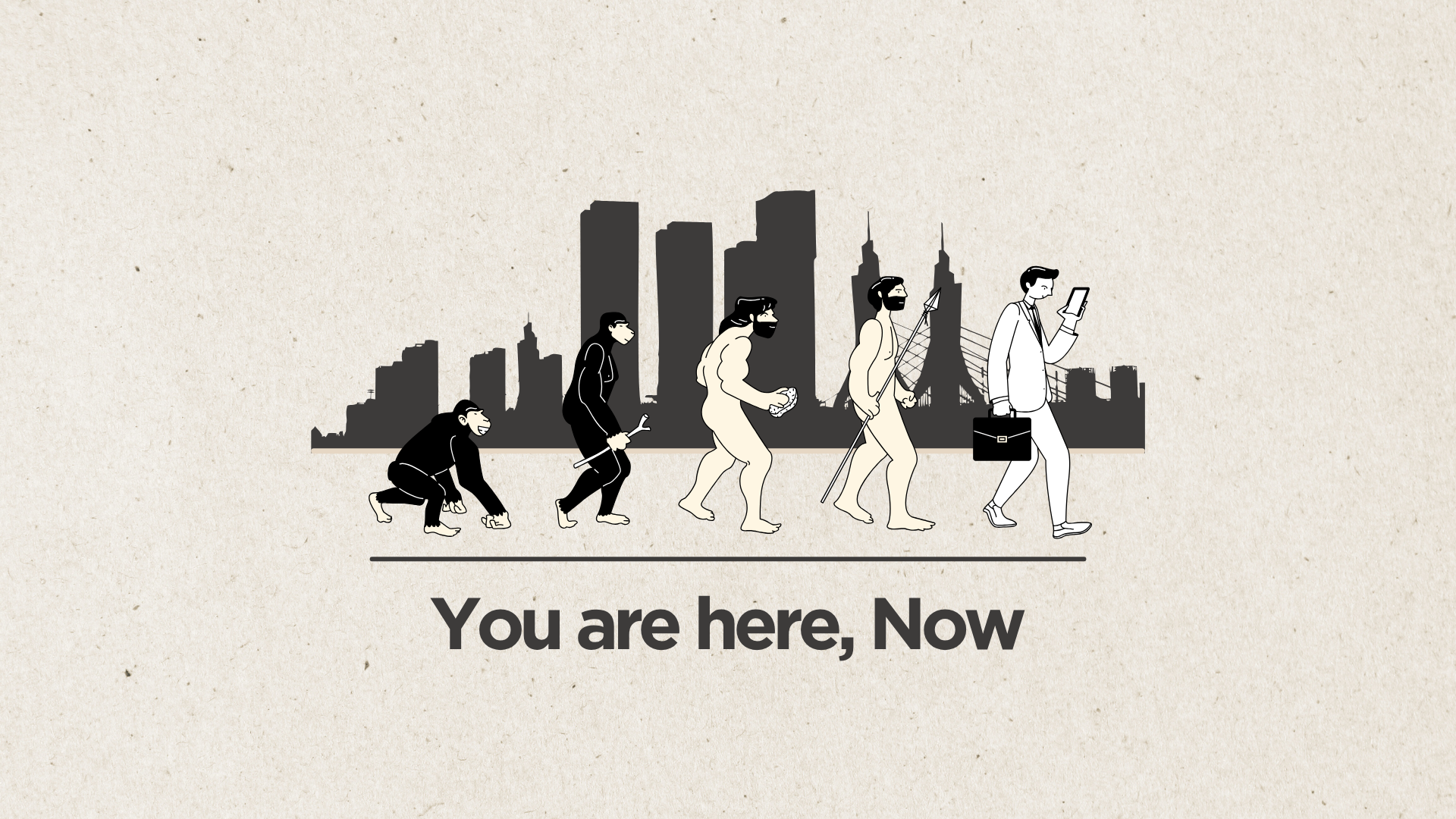Imagine this: You're a psychology student amidst a swarm of fellow volunteers navigating a simulated Martian landscape. Goggles block out the familiar lab, leaving you in a barren world of red dust and towering rock formations.
Your mission?
Navigate to a distant beacon through this alien terrain, guided solely by rudimentary maps and cryptic instructions.
Sounds simple?
Not quite. Each volunteer receives a slightly different map, and only after successfully reaching the beacon can you compare notes and piece together the true layout of this Martian labyrinth. So how would you achieve this?
Welcome to the scientific method.
We, like those Martian explorers, are constantly navigating the wilderness of knowledge, driven by a potent mixture of curiosity and problem-solving. But unlike our simulated quest, good science isn't a solitary endeavour. It's a collective dance of rigor, transparency, and open-mindedness – a dance where the steps are well-worn but the choreography constantly evolves. So, what exactly makes this dance "scientific"?
Step One: Asking the Right Questions
Science begins with a spark, a nagging question that refuses to be ignored. Why do certain planets orbit differently? Can laughter truly be the best medicine? What is the purpose of life? These questions act as compass needles, guiding us towards uncharted territories of understanding. But not all questions are created equal. Good science demands questions that are specific, measurable, and grounded in existing knowledge. Asking "Is the universe friendly?" might fuel philosophical musings, but it's too vague for the scientific rigour, at least for now. Instead, a scientist might ask: "Do specific planetary characteristics correlate with the presence of habitable environments?" This reframing transforms a nebulous query into a testable hypothesis, ready to be put through the paces.
Step Two: Building the Toolbox
Hypotheses are the blueprints for our Martian treks. They outline the "what" and "how" of our investigation, predicting what we expect to observe if our hunch is correct. But even the most ingenious plan needs the right tools. This is where methodology steps in, the toolkit that allows us to test our hypotheses with precision and objectivity. From meticulously controlled experiments to intricate mathematical models, the specific tools vary depending on the terrain. A psychology researcher studying perception might employ eye-tracking technology, while an astrophysicist delving into black holes might rely on gravitational wave detectors. Regardless of the specifics, good methodology demands transparency. Every step must be documented, every tool accounted for, so that others can retrace our steps and arrive at the same conclusion.
Step Three: Taking to the Field
With our questions clear and our tools prepped, it's time to venture into the unknown. This is where data collection and analysis take center stage. We gather evidence, meticulously recording observations and measurements. Like our Martian explorers comparing maps, we then analyse this data, searching for patterns and discrepancies. Do our observations align with our predictions? Do they reveal unexpected twists in the Martian landscape? This is where the heart of science beats – in the constant interplay between theory and data, in the willingness to embrace new insights and discard cherished assumptions. Remember, good science is never afraid to be wrong. In fact, a rigorously-designed experiment that yields unexpected results can be just as valuable as one that confirms the hypothesis. It forces us to re-evaluate our map, to sharpen our questions, and ultimately, to push the boundaries of understanding further.
Step Four: Sharing the Findings
Science thrives on dialogue, on a constant exchange of ideas and findings. This is where peer review enters the picture. Our Martian maps, once meticulously analysed, are shared with a community of fellow explorers. These experts scrutinize our methods, challenge our interpretations, and offer their own perspectives. This rigorous vetting process is the ultimate quality control, ensuring that our findings are robust and free from bias. Only after passing this peer review gauntlet can our map be confidently added to the ever-growing atlas of human knowledge.
Step Five: The Never-Ending Dance
Science is not a destination; it's a journey. Each discovery, each well-crafted map, becomes a stepping stone to further exploration. The questions we ask today lead to tomorrow's research agenda, and the tools we develop today pave the way for future investigations. Like those Martian explorers, we continue to refine our maps, collaborating and iterating in an endless pursuit of understanding.
Good science isn't a rigid set of rules, but a living tapestry woven from curiosity, rigor, and a shared commitment to truth. It's the laughter of collaborative discovery, the thrill of unravelling the universe's secrets, and the unwavering belief that even the most intricate Martian labyrinth can be navigated, one curious step at a time.
Step Six: Building Bridges of Collaboration
Imagine our Martian explorers embarking on their mission solo, encountering insurmountable obstacles and overlooking crucial details. The scientific landscape, however, thrives on collaboration. This sixth step highlights the importance of forging partnerships across disciplines and borders, pooling resources, expertise, and perspectives to accelerate progress and navigate complex challenges. Astronomers might join forces with engineers to design cutting-edge telescopes; biologists might collaborate with chemists to decipher intricate metabolic pathways; and social scientists might work with policymakers to translate research findings into impactful solutions. These bridges of collaboration extend beyond traditional academic partnerships, as citizen science initiatives invite the public to participate in research projects, enriching the scientific tapestry with diverse voices and perspectives. By embracing collaboration, we break down walls, amplify voices, and propel ourselves towards ground-breaking discoveries that no single explorer could achieve alone.
Step Seven: Celebrating the Collective Quest
Finally, good science deserves applause. This final step underscores the importance of recognizing and celebrating the achievements of researchers, from seasoned veterans who have laid the groundwork to budding explorers embarking on their initial ventures. Scientific conferences become vibrant marketplaces of ideas, where discoveries are showcased, debates ignite, and future collaborations take root. Awards and fellowships acknowledge outstanding contributions, sparking inspiration and fueling the spirit of inquiry in future generations. Public outreach initiatives, from science fairs to captivating documentaries, demystify the scientific process, engaging the wider community and fostering a culture of appreciation for the tireless pursuit of knowledge. By celebrating the collective quest of science, we not only honour the individual contributions but also ignite a passion for discovery that resonates across generations, ensuring that the flame of curiosity continues to burn brightly, illuminating the path to a deeper understanding of ourselves and the universe we inhabit.
Now, let's look closely at some of the cornerstones of the scientific process!
Hypothesis Testing: The Crucible of Science

Our Martian voyage continues, and we arrive at a crucial juncture: hypothesis testing. Imagine our explorers reaching a fork in the path, each branch leading to a potential beacon. How do they choose the right one? Through the rigorous dance of hypothesis testing, where predictions are pitted against observations, and only the fittest theories survive.
The heart of this dance lies in statistical analysis. Like a meticulous cartographer, we use statistical tools to quantify the "noise" inherent in any measurement, separating signal from random fluctuations. If our hypothesis holds water, the difference between our predicted observations and the actual data should fall within a certain range defined by statistical probability. If it doesn't, then either our map is flawed, or the alien terrain has thrown us a curveball.
But statistics are not a magic black box. Good science demands transparency in this crucial step. We must clearly explain the statistical tools employed, justify their suitability for the type of data, and avoid cherry-picking results to fit our desired outcome. The aim is not to bend data to our will, but to let the data guide us towards the most likely path, even if it's not the one we initially envisioned.
Now, what happens when our explorers reach the beacon, only to find it's not the one they expected? This, too, is a valuable outcome. A null hypothesis – one that does not support our initial prediction – can be just as enlightening as a confirmation. It compels us to re-evaluate our map, to explore alternative pathways, and potentially stumble upon even more fascinating discoveries. Remember, in science, there are no dead ends, only detours that lead to uncharted territories.
Examples from the Field:
- Psychology: Imagine a study testing the effectiveness of meditation in reducing stress. The researchers hypothesize that a meditation group will show lower levels of cortisol (a stress hormone) compared to a control group. After weeks of practice and meticulous data collection, the analysis reveals no statistically significant difference. This null hypothesis might prompt the researchers to explore different types of meditation or investigate alternative stress-reduction techniques.
- Astronomy: A team of astronomers proposes that a specific galaxy cluster exhibits gravitational lensing, bending the light from distant objects behind it. They meticulously analyse telescope data, searching for the tell-tale distortions in the light's path. However, the statistical analysis fails to confirm their prediction. This could lead them to re-examine their theoretical models or search for different evidence of gravitational lensing in the universe.
These examples illustrate how hypothesis testing acts as a crucial filter, separating robust knowledge from mere speculation. It's a dance of intellectual humility, where we constantly challenge our assumptions and embrace the unexpected twists and turns of the scientific journey.
In the next part, I'll delve deeper into the realm of data analysis, where patterns tell us more than what meets the eye.
Data Analysis: Unveiling the Tapestry of Numbers

As our Martian explorers navigate the alien terrain, meticulously recording their observations, they reach a critical juncture: data analysis. It's like sifting through a mountain of Martian sand, searching for buried treasures that unlock the secrets of this unknown world. Good data analysis, like a skilled excavator, separates signal from noise, revealing patterns and trends that paint a clearer picture of the landscape.
The tools of this trade are varied, each suited to a specific type of Martian treasure. Statistical tests, like metal detectors, pinpoint significant trends in the data, distinguishing them from mere random fluctuations. Visualizations, like intricate maps, transform numerical data into digestible graphs and charts, revealing relationships and patterns that might otherwise remain hidden. Machine learning algorithms, like powerful excavators, can uncover subtle connections and complex interactions within vast datasets.
But wielding these tools with finesse is paramount. Good data analysis demands transparency and objectivity. Every step must be clearly documented, assumptions and biases acknowledged, and limitations of the chosen methods explained. The goal is not to manipulate the data to fit a predetermined narrative, but to let the numbers speak for themselves, guiding us towards deeper understanding.
Examples of Data Analysis in Action:
- Astronomy: After painstakingly observing a distant galaxy, astronomers analyse the light spectrum emitted by its stars. Statistical tests reveal distinct spikes in specific wavelengths, suggesting the presence of heavy elements not previously known to exist in that region of the universe. This data, visualized as colourful spectral charts, prompts them to re-evaluate their models of star formation and galactic evolution.
- Ecology: Researchers studying the decline of a coral reef species collect data on environmental factors like temperature, water quality, and predator presence. Multivariate analysis, a powerful tool for examining complex relationships, reveals that a combination of rising water temperatures and increased competition from a newly introduced algae species is primarily responsible for the reef's decline. This information informs conservation efforts and guides strategies for protecting vulnerable ecosystems.
These examples showcase how data analysis acts as a powerful lens, filtering raw observations into meaningful insights. It's a dance between creativity and rigor, where scientists must approach the data with an open mind and a critical eye, extracting the hidden stories that numbers whisper.
In the next part of this journey, I'll explore the ethical considerations that underpin good science, ensuring that our quest for knowledge doesn't compromise our values or harm the very Martian landscape we aim to understand.
Navigating the Moral Compass: Ethical Considerations in Science

Our Martian trek nears its culmination, but there's another vital aspect to consider: the ethical compass that guides our exploration. Good science thrives not just on rigor and transparency, but also on a commitment to ethical research practices, ensuring our quest for knowledge doesn't compromise our values or harm the very landscape we aim to understand.
First and foremost, respect for participants is paramount. Whether it's human subjects in a lab study or endangered species in their natural habitat, their well-being must be prioritized. Informed consent, ensuring participants understand the potential risks and benefits of participating, is a cornerstone of ethical research. Minimizing harm, both physical and psychological, and protecting privacy are non-negotiable principles.
But ethics extend beyond immediate participants. We must consider the broader social and environmental implications of our research. Will our findings, however ground-breaking, inadvertently exacerbate inequality or environmental degradation? Openly discussing potential moral hurdles during the research design and seeking diverse perspectives are crucial steps in safeguarding responsible science.
Scientific mismanagement must also be addressed with unwavering clarity. Fabrication, data manipulation, and plagiarism not only undermine the integrity of individual research but also erode public trust in science as a whole. Robust procedures for detecting and addressing mismanagement, coupled with fostering a culture of scientific integrity, are essential to maintaining the ethical fabric of research.
Open access to data and knowledge is another vital ethical consideration. Sharing datasets, research protocols, and negative results (studies that find no significant effect) allows for independent verification, replication, and the building of collective knowledge. Fostering collaboration and transparency through open access helps ensure that scientific progress benefits everyone, not just a privileged few.
Examples of Ethical Dilemmas in Science:
- Genetically modified organisms: Research on modifying crops for increased yield raises concerns about potential environmental risks and unforeseen consequences for biodiversity. Openly discussing these concerns with stakeholders, conducting thorough risk assessments, and involving the public in decision-making are crucial steps in ensuring responsible research.
- Animal testing: While valuable for medical advancements, animal testing raises ethical concerns regarding animal welfare. Researchers must strive to minimize animal suffering through alternative methods, develop humane research protocols, and openly discuss the ethical implications of their work.
These examples showcase the complex ethical tapestry woven into the very fabric of good science. Navigating this landscape requires constant vigilance, critical reflection, and a commitment to upholding the highest ethical standards.
Now, no adventure is complete without sharing the spoils. In the next part, I'll cover scientific communication – the vibrant stage where findings are presented and scrutinized, ensuring knowledge isn't a solitary treasure but a shared map for all to explore.
Sharing the Spotlight: How is Science Disseminated?

Imagine our Martian explorers back on Earth, their minds buzzing with newfound knowledge. But their mission isn't over. Just like the captivating symbols they deciphered, scientific findings need to be translated and transmitted, shared with the broader community in a way that ignites curiosity and fuels further exploration. This is where the vibrant spotlight of scientific communication shines, illuminating the fascinating backstage of the research process.
Act One: The Peer Review Play: Before our findings grace the public stage, they undergo a rigorous vetting process, a kind of intellectual dress rehearsal called peer review. Imagine a panel of fellow explorers, seasoned veterans of the Martian terrain, scrutinizing every detail of our map: the methods employed, the data gathered, the conclusions drawn. They challenge our assumptions, poke holes in our logic, and offer suggestions for refinement. This rigorous critique, sometimes fierce but always respectful, strengthens our work, ensuring it meets the highest standards of scientific accuracy and objectivity.
[If you're interested in learning more, check out this article about academic peer-review]
Act Two: Taking to the Stage: Once deemed worthy by the peer review panel, our findings take center stage through various channels. Journals, the grand theaters of science, offer detailed accounts of the research, complete with technical jargon and intricate data analyses. These written performances cater to a specialized audience, the fellow explorers seeking deep dives into the Martian landscape.
Act Three: Bringing the Audience Up Close: But science isn't just for academics. Conferences, bustling marketplaces of ideas, bring researchers and curious onlookers together. Here, presentations and poster sessions transform complex findings into digestible snippets, engaging the audience with visuals, interactive displays, and passionate explanations. It's like our explorers showcasing their Martian artifacts, sparking wonder and igniting new questions in the minds of all who witness the performance.
Act Four: Sharing the Script with the World: And finally, the curtain rises on the grandest stage of all: the public sphere. Science communication initiatives, the nimble messengers of discovery, translate complex findings into clear, accessible language. News articles, documentaries, even social media, become the megaphones, amplifying the discoveries and making them resonate with diverse audiences. Imagine our explorers visiting schools, sharing their adventures with wide-eyed children, planting the seeds of curiosity that might one day blossom into their own Martian treks.
This interconnected network of communication channels ensures that science isn't a whispered secret amongst scholars, but a vibrant performance accessible to all. It's about demystifying the process, showcasing the human faces behind the research, and sparking a dialogue that transcends intellectual barriers.
But sharing knowledge comes with its own challenges. In the next part, I'll delve into the crucial role of replication, examining why it's the linchpin of scientific trust and how the ongoing "replication crisis" demands innovative solutions to keep the scientific spotlight shining brightly on reliable knowledge.
Building Bridges of Truth: Why is Replicability Important in Science?

Imagine our Martian explorers back on Earth, their map meticulously crafted and shared with the scientific community. But a vital question lingers: can others follow their path, reach the same beacon, and confirm the secrets etched in the alien symbols? This is where the concept of replication steps in, the cornerstone of trust and reliability in the scientific landscape.
Good science insists on results that can be independently reproduced by other researchers, using the same methods and tools. It's like sharing our Martian map with other explorers, ensuring they can follow our footsteps and reach the same beacon. Replication builds bridges of trust, transforming individual findings into cornerstones of shared knowledge.
However, the dance of replication isn't always smooth. Factors like subtle variations in equipment, differences in experimental settings, or even statistical fluctuations can lead to discrepancies. This is where transparency and open communication become paramount. Scientists must meticulously document their protocols, share their data freely, and openly discuss potential sources of variability and limitations.
Examples of Replication in Action:
- Medicine: A clinical trial demonstrates the efficacy of a new drug for treating a specific disease. However, independent researchers attempting to replicate the study under different conditions struggle to reproduce the initial results. This discrepancy leads to further investigation, revealing issues with the initial trial's design or unforeseen drug interactions. The drug's development may be halted or its effectiveness re-evaluated based on more robust data.
- Psychology: A study finds that exposure to nature improves cognitive performance. Subsequent attempts to replicate this effect in different outdoor settings with diverse participants yield mixed results. This highlights the complex interplay between nature exposure and other factors like pre-existing stress levels or individual preferences, prompting researchers to refine their understanding and explore more nuanced models.
These examples showcase how replication acts as a vital quality control check, weeding out methodological flaws and refining our understanding of the observed phenomena. It reminds us that science is a collective endeavour, a continuous conversation where findings are tested, refined, and ultimately woven into the tapestry of human knowledge.
Why is Replication so Crucial?
- Trustworthiness: Replication builds trust. It ensures that scientific findings aren't isolated flukes, but robust truths that hold up under independent scrutiny. This trust is paramount, for science informs our decisions, our policies, and ultimately, our understanding of the world around us.
- Error Detection: No map is perfect. Replication helps identify flaws, biases, or unforeseen factors that might have skewed our initial observations. By comparing different paths to the beacon, we can pinpoint discrepancies and refine our understanding, ensuring the map is constantly evolving towards greater accuracy.
- Generalizability: Can the secrets inscribed on a Martian rock formation tell us something about broader celestial patterns? Replication helps us assess the generalizability of our findings. If multiple expeditions confirm the meaning of the symbols across different sites, then our understanding transcends the singular Martian landscape and takes on wider significance.
The Replication Crisis: Navigating a Bridge in Disrepair
But the Martian landscape isn't always smooth sailing. Just as bridges deteriorate over time, so too has the concept of replication faced a challenge in recent years. The "replication crisis" refers to the concerning trend of some scientific findings failing to hold up under independent testing. This has shaken public trust and raised questions about the integrity of the scientific process.
Identifying the Cracks:
- Methodological flaws: The bridge itself might be poorly built. Factors like small sample sizes, inadequate statistical analysis, or hidden biases can lead to erroneous findings that crumble under replication attempts.
- Publication bias: Sometimes, only statistically significant results get published, creating a skewed picture of reality where negative findings (those that don't support the hypothesis) remain hidden, weakening the overall foundation of knowledge.
Building a Stronger Bridge:
The scientific community is actively addressing the replication crisis. Initiatives like pre-registration of studies, open data sharing, and improved statistical methods are being implemented to strengthen the bridge of replicability. By sharing the full map, not just the final destination, we can encourage transparency and facilitate independent verification.
Remember, the "replication crisis" isn't a terminal illness, but a wake-up call. It reminds us that science is a continuous process, a collective effort to refine our understanding through open critique, rigorous testing, and unwavering dedication to truth. By embracing the challenges and proactively strengthening the bridge of replication, we can ensure that the Martian map of knowledge remains reliable, ever-evolving, and worthy of our shared trust.
Finally, this concludes our journey through the intricate landscape of good science where we've explored the compass of the scientific method. As we step back from the Martian labyrinth, remember that the spirit of good science extends beyond specific fields or intricate experiments. It's about an unwavering commitment to curiosity, rigor, and open dialogue, a shared quest for understanding that thrives on collaboration, embraces challenges, and celebrates the joy of discovery. So, go forth, fellow explorers, and continue asking questions, crafting hypotheses, and testing them with relentless curiosity. The vast Martian landscape of knowledge awaits, and with every step we take, we inch closer to unraveling its secrets, together.
I hope this has renewed your appreciation for the multifaceted nature of science. What constitutes good science, ultimately, is a dance of curiosity and rigor, a tapestry woven from testable hypotheses, meticulous data analysis, unwavering commitment to ethical principles, effective scientific communication, and rigorous replicability. This dance doesn't end with reaching a beacon; it's a continuous exploration, fueled by the thrill of discovery and the unwavering belief that, step by step, we can inch closer to understanding the vast and wondrous universe within and beyond ourselves.
Remember, good science is not just about the facts we uncover; it's about the values we uphold in the process. It's about using our knowledge responsibly, and ensuring that our Martian explorations, for instance, leave the universe a little wiser, a little fairer, and a little bit better than we found it.
This, my friends, is what truly makes science good. Now, go forth and explore!
Just remember to pack your curiosity, your toolbox, your ethical compass, and a healthy dose of wonder. The Martian landscape awaits!













Discussion